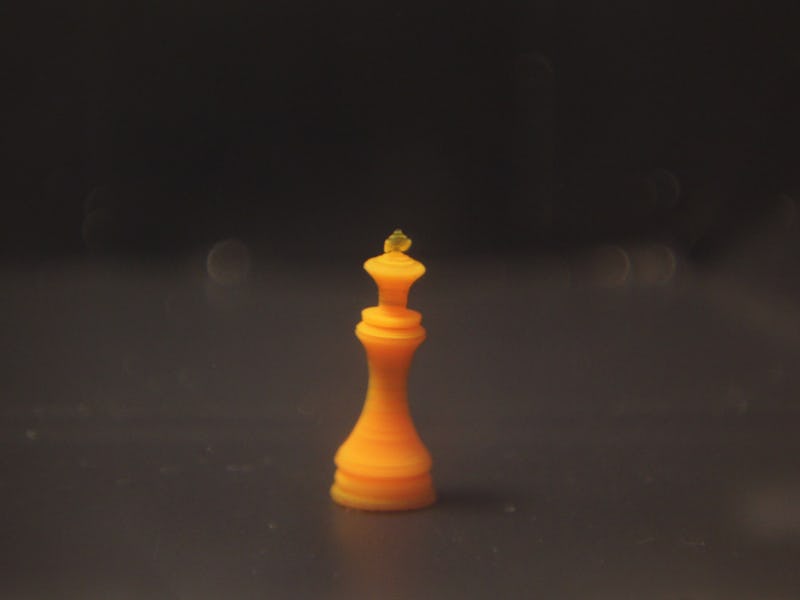New 3D-Printed "Smart Gel" Is Big Step Toward Artificial Organs
It's 70 percent water, just like the human body.

It turns out 3D-printing objects that can change color is only the beginning. New research has revealed a material that can alter its shape over time in response to temperature changes, taking 3D-printed objects into the fourth dimension.
What’s exciting here, according to the researchers at Rutgers University behind the work, is that the water-based gel they used is close to a dead ringer to our own organs and tissues — it’s even about 70 percent water, just like the human body. As the scientists explain in a paper published Tuesday in Science Reports, that could someday make the hydrogel the ideal material for 3D-printing replacement body parts.
“Static 3D-printed cells cannot exactly mimic our bodily functions, because our body is in constant motion,” Howon Lee, a professor at Rutgers and senior author of the paper, tells Inverse.
The hydrogel solves that problem with its ability to change shape in response to temperature changes. In this particular case, temperatures above about 90 degrees Fahrenheit made the material shrink, while cooler temperatures made it take on more water and expand. By altering the temperature of just specific sections of the material, it’s possible to manipulate its shape and create motion.
“So people could use this method of 3D-printing smart gel with cells or grow cells after printing and somehow program how they change their shape to mimic vital activities like breathing or digestive motions,” Lee says. “And then those cells may experience the same conditions they would experience inside of our body.”
As Lee explains, the shape of an object determines its function, and the ability to control how the shape changes greatly increases an object’s potential function. He and his team didn’t invent the hydrogel — it’s essentially the same material that shows up in everything from Jell-O to contact lenses — but they did come up with a novel way of 3D-printing it that helps enable this unprecedented level of control, all while still being fast and scalable.
The ability to 3D-print organic tissue has been said to have the potential to solve the world’s organ shortage crisis. While Lee was hesitant to put a specific timeline on when his team’s research could be turned into something ready for transplant, what they have created could be a major step toward that goal of plentiful artificial organs. And that’s not the only intriguing possible application.
“Bioprinting is just one application of this method,” says Lee. “It could also be used in soft robotics, or creating robots that are made of fully soft material, mimicking almost like an octopus. Why do all robots have to have all of these rigid joints and motors when there are other living organisms that can do lots of complicated things with fully soft bodies?”
The current research created objects with the hydrogel that ranged in size from the width of a hair to several millimeters long, all by printing layers of a resin containing the hydrogel and other chemicals to bind it together and allow the object to be manipulated later. It’s not quite ready to create artificial organs or transform robotics, but it’s a seriously intriguing start.
If you liked this article, check out this video of a 3D printer creating functional human skin.